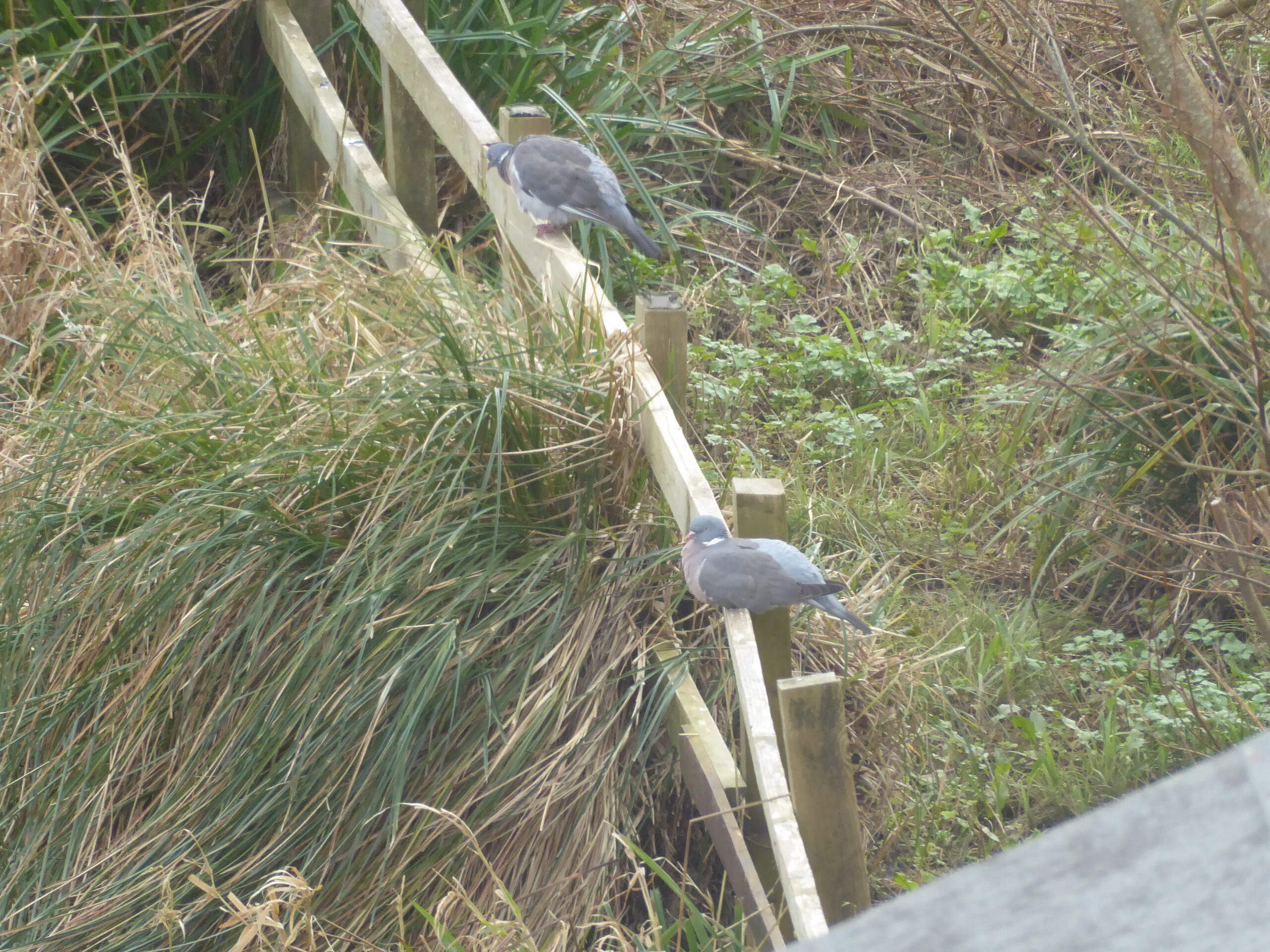Lately, it’s been harder to spot new things than in December-January. I notice things re-emerging that I have already counted, but nothing new. This morning it is seriously raining (again!) and we have a broadly easterly wind. I decided to do a bit of twitching and compile a Bird Traffic Report to see what was flying in the valley.
Between 9-9:30am I spotted many herring gulls, up to 21 at a time. There were six on the right-hand field opposite, to start with and it became a bit of a gull drop-in with others joining and flying off during the half hour. Two crows flew across the valley. Wood pigeons were around. Then I noticed a flock of at least 17 grazing in the left-hand field opposite. Two mallards were swimming in the flooded lawn next door. Finally, four male mallards flew down the valley, got buffeted by the wind, did a slightly flustered U-turn, and curved off back up the valley again!
Up at the bird feeder – sparrows were flying in and out of the ‘Sparrow Tree’. I imagine there were many more hunkered down in there. Also spotted – 2 great tits, 2 blue tits, 2 dunnocks, and a robin.
I wondered what the pigeons were grazing on in the field and found out that they eat a lot of grass seed. I also discovered that pigeons breed all year round (up to six broods a year) but we never see fluffy fledglings. Why not? Well, they spend a longer time than most in the nest, fed on high-calorie crop milk and high-protein insects as well as seeds and leaves. This means that by the time they fledge they already have adult plumage. In wood pigeons, the only difference is they don’t yet have the iconic white collar round their neck.
